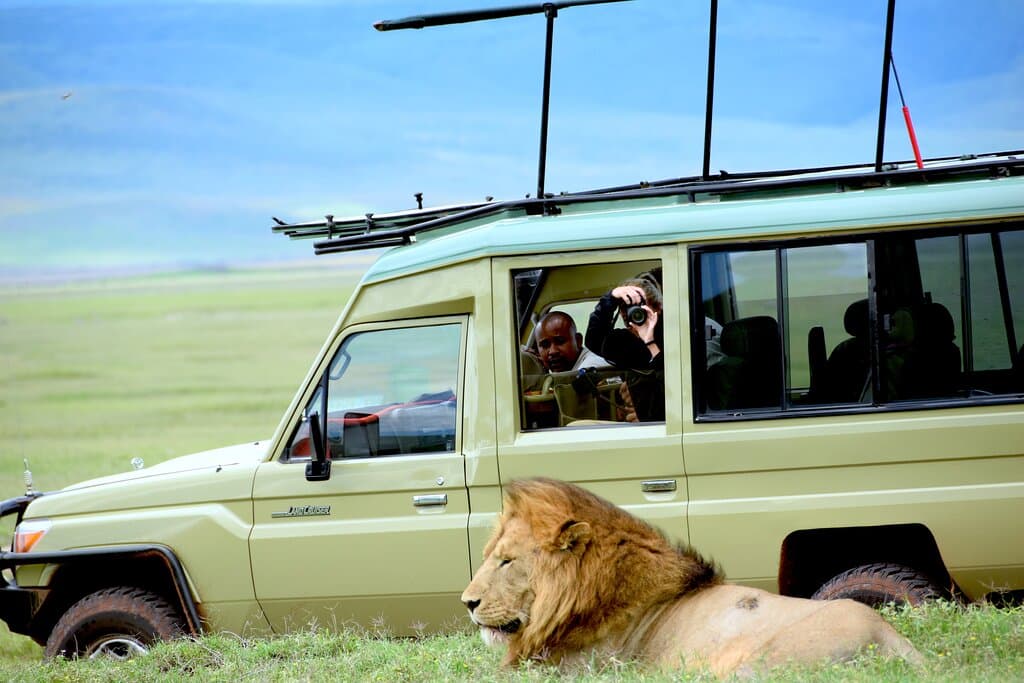
Ngorongoro Crater
World's largest inactive volcanic caldera, a UNESCO site teeming with wildlife and offering breathtaking views.
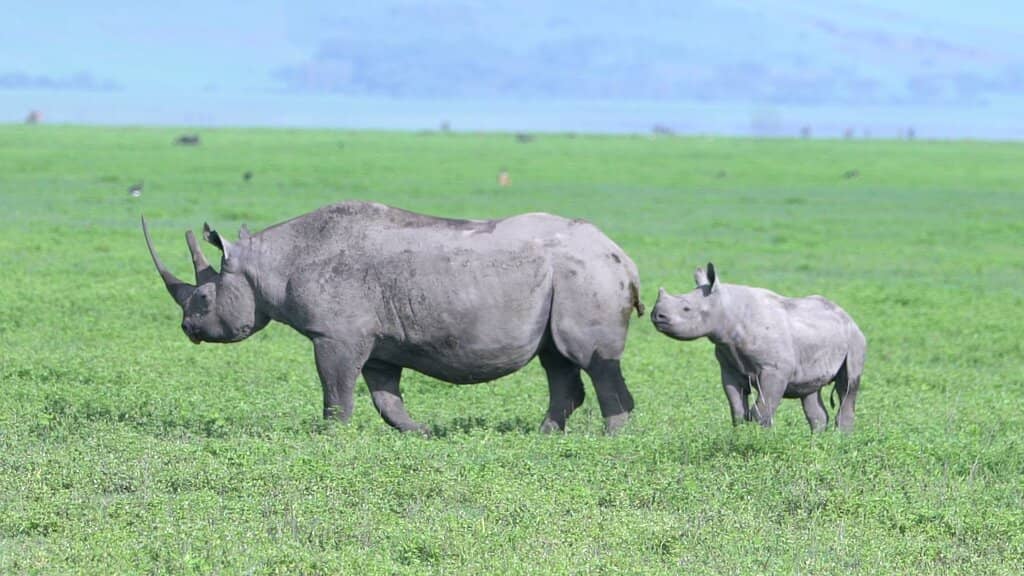
Highlights
Must-see attractions
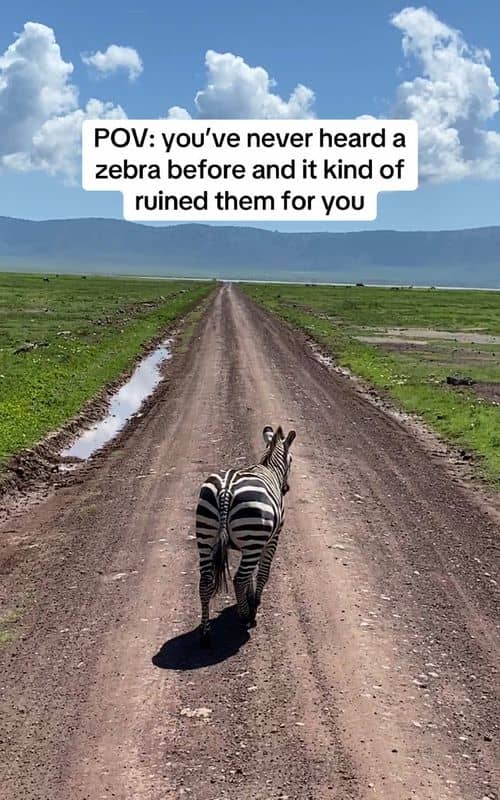
Social
From TikTok & Reddit
Best Time
Sunrise magic & active animals

Ngorongoro Crater
Best Time
Sunrise magic & active animals

Highlights
Must-see attractions
World's largest inactive volcanic caldera, a UNESCO site teeming with wildlife and offering breathtaking views.
"The Ngorongoro Crater was probably the most beautiful place I've ever seen in my life. It literally didn't look real."
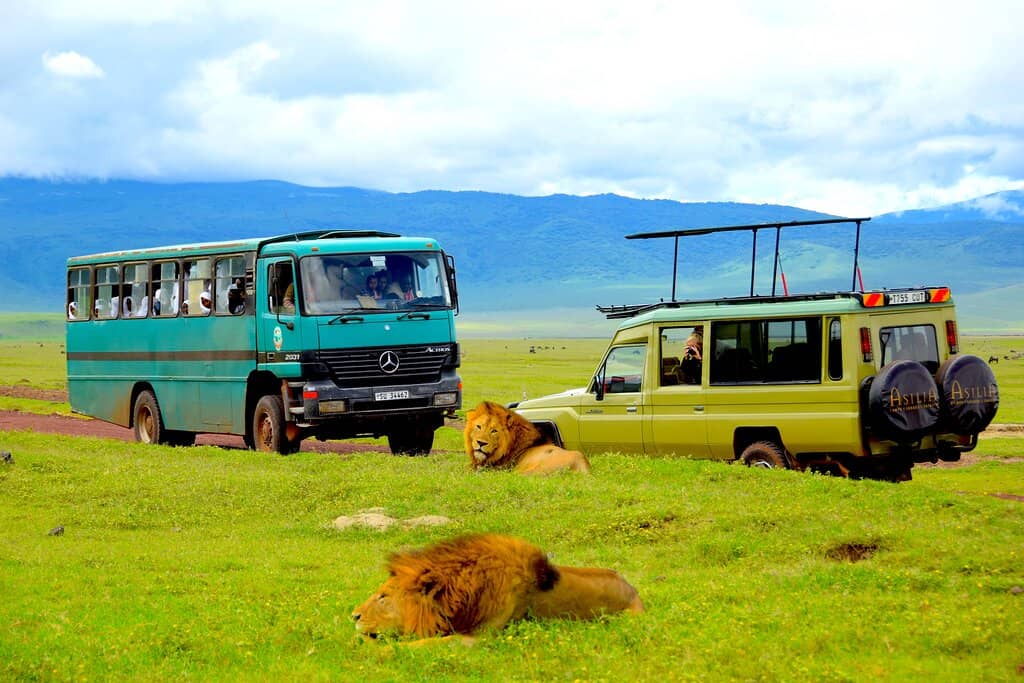
Pack Binoculars! 🔭
Essential for spotting distant wildlife and appreciating the vastness of the crater.
Book Safari in Advance 🗓️
Secure your spot, especially during peak season, to ensure a smooth and unforgettable experience.
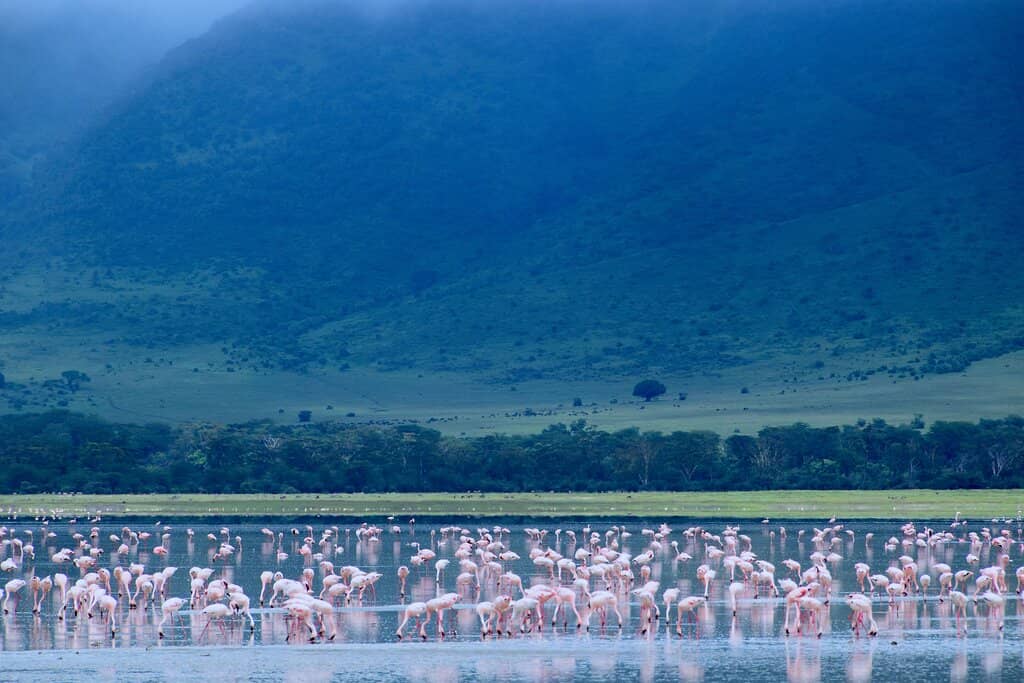
Highlights
Discover the most iconic attractions and experiences
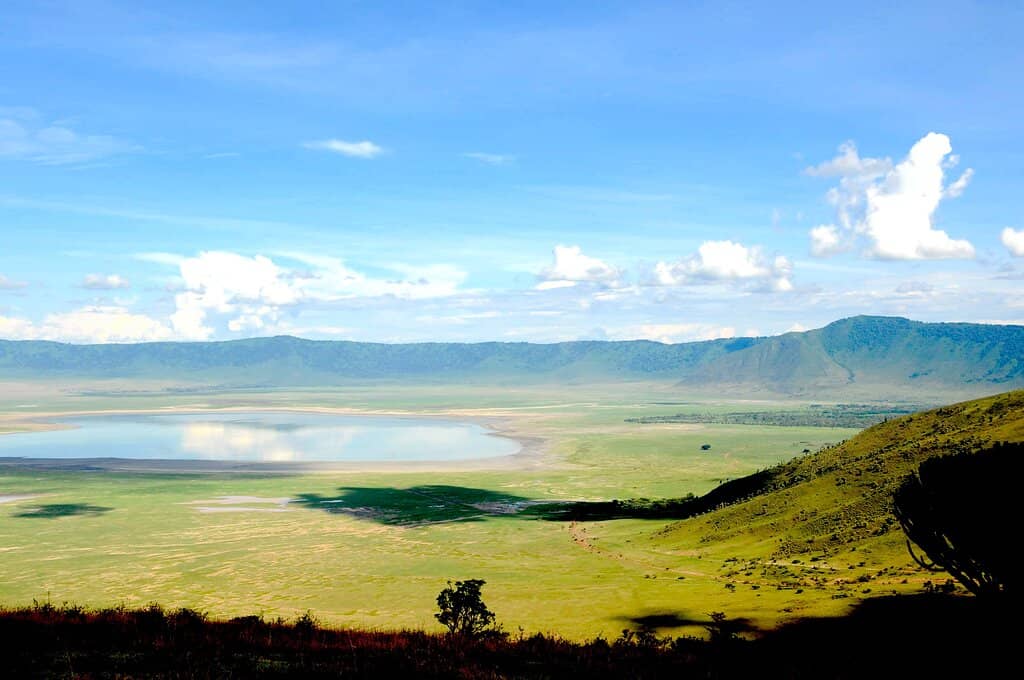
The Big Five
Crater Floor
Spot lions, elephants, rhinos, buffalo, and leopards in their natural habitat. Seeing the rare black rhino is a highlight for many.
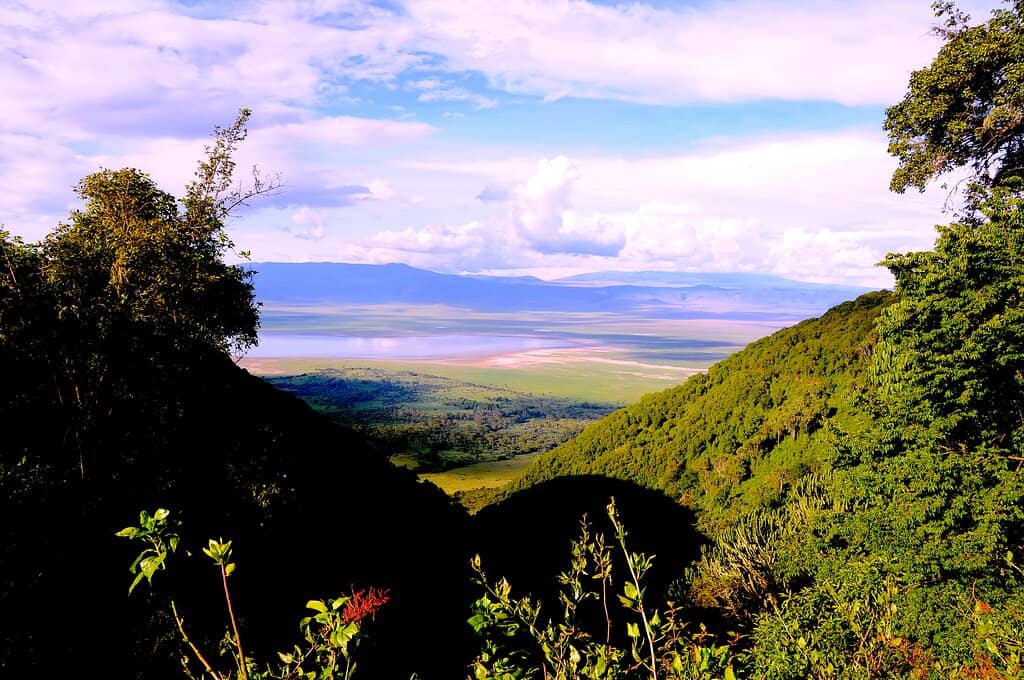
Abundant Wildlife Density
Crater Floor
Witness an incredible concentration of animals, making it one of the most biodiverse places on Earth.
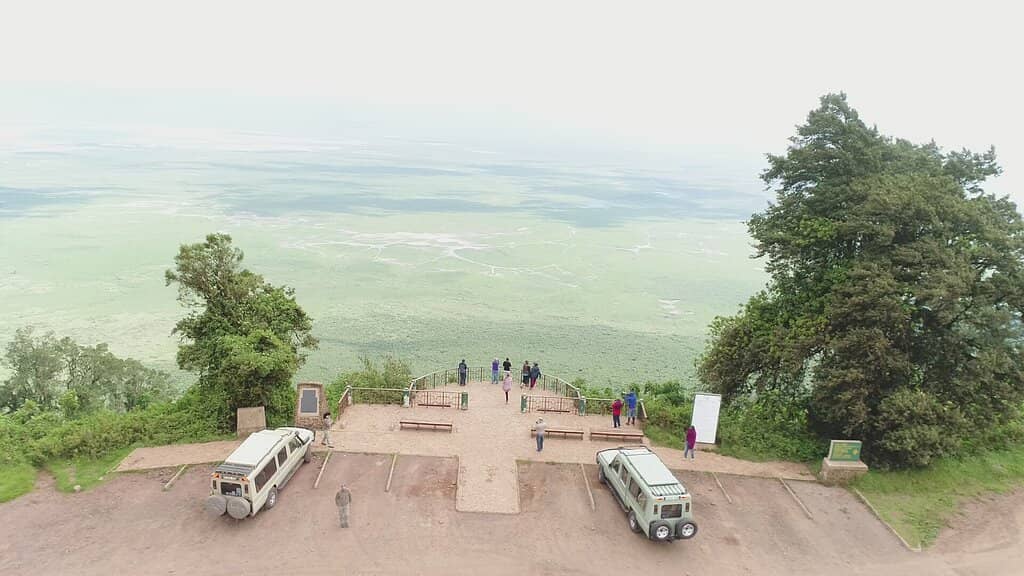
Maasai Culture
Ngorongoro Conservation Area
Engage with the Maasai people and learn about their traditional way of life and deep connection to the land.
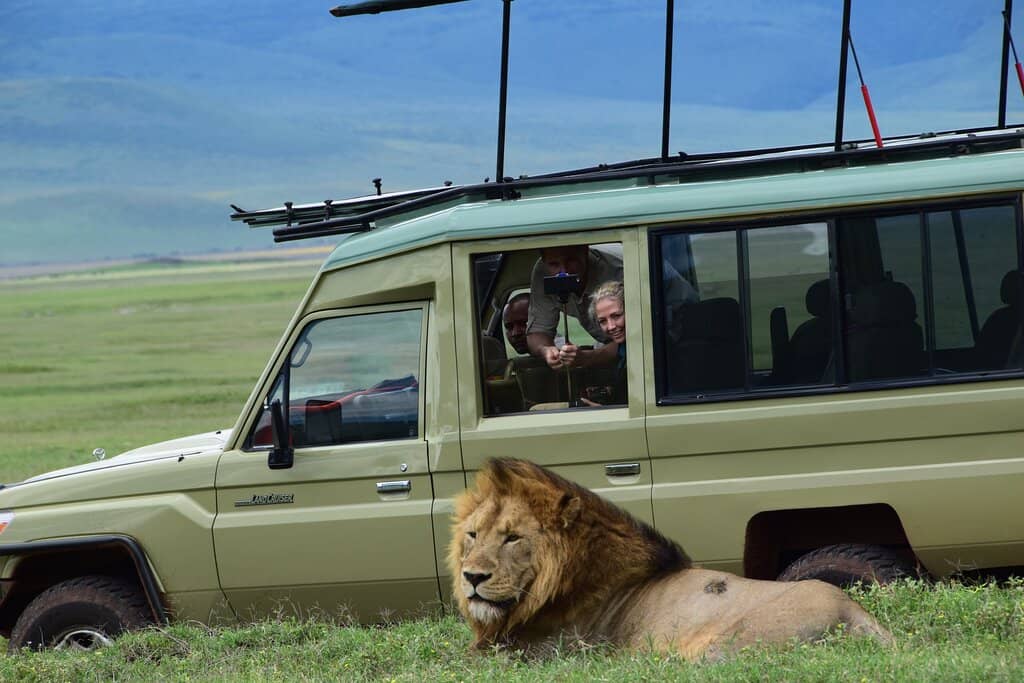
Scenic Caldera Views
Crater Rim
Marvel at the breathtaking panoramic views of the vast, ancient volcanic caldera from its rim.
Plans like a pro.
Thinks like you
Planning Your Visit
Timing is Everything
Crater Access & Fees
Best Times
Insider Tips
from TikTok, Instagram & Reddit
Pack Binoculars! 🔭
Essential for spotting distant wildlife and appreciating the vastness of the crater.
Book Safari in Advance 🗓️
Secure your spot, especially during peak season, to ensure a smooth and unforgettable experience.
Respect Wildlife Space 🦁
Maintain a safe distance and never feed the animals. Let them behave naturally.
Wear Comfortable Shoes 👟
You'll be spending a lot of time in a safari vehicle, so comfort is key.
Tips
from all over the internet
Pack Binoculars! 🔭
Essential for spotting distant wildlife and appreciating the vastness of the crater.
Book Safari in Advance 🗓️
Secure your spot, especially during peak season, to ensure a smooth and unforgettable experience.
Respect Wildlife Space 🦁
Maintain a safe distance and never feed the animals. Let them behave naturally.
Wear Comfortable Shoes 👟
You'll be spending a lot of time in a safari vehicle, so comfort is key.
Bring a Camera! 📸
Capture the incredible wildlife and stunning landscapes. You won't want to miss a shot!
What Travellers Say
Reviews Summary
Visitors rave about Ngorongoro Crater's breathtaking beauty and unparalleled wildlife density, calling it a 'natural zoo' and one of the most stunning places on Earth. The close-up animal encounters and the unique ecosystem are major highlights, though some note that seeing the rare black rhino requires significant luck. The limited facilities within the crater mean most rely on packed lunches, and the sheer popularity can lead to crowded viewing spots at peak times.
"Ngorongoro Crater, often referred to as the "Garden of Eden," is a stunning geological marvel and a UNESCO World Heritage site located in northern Tanzania. It is the largest inactive volcanic caldera in the world, formed by the collapse of a giant volcano around 2.5 million years ago. The crater spans approximately 260 square kilometers and reaches depths of up to 610 meters, creating a unique, enclosed ecosystem that supports a wide range of wildlife.
The crater floor is home to a dense concentration of animals, making it one of the best places in the world for a wildlife safari. It hosts a diverse range of species, including elephants, lions, zebras, wildebeests, and the rare black rhino. The area also supports numerous bird species, such as flamingos and ostriches, attracted to the crater's soda lakes and grasslands. Its compact size and varied landscapes, from lush forests to open savannah, make it an ideal setting for spotting wildlife in one of the most biodiverse regions on Earth.
Beyond its wildlife, the Ngorongoro Crater is of immense archaeological significance. It is part of the larger Ngorongoro Conservation Area, which also includes the Olduvai Gorge, a major paleoanthropological site where some of the earliest human fossils were discovered. The region is home to the Maasai people, who have lived alongside wildlife for centuries, maintaining a delicate balance between conservation and traditional pastoralism.
Visitors to Ngorongoro can experience its breathtaking beauty and rich cultural heritage, while also enjoying the opportunity to witness one of Africa’s most impressive wildlife sanctuaries. The crater’s unique ecosystem continues to be a focal point for conservation efforts worldwide."
Deepak S
"This is one of the most beautiful places I have ever been to. The views from the top are stunning and when you go down and ride around, it takes your breath away!. It has a wide variety of animals, flora and fauna. There is a nice little coffee stop area with ample toilets and is an ideal spot for a picnic. There are a number of birds all around. There are water bodies scatters around all over the place and you can see flamingos and other stunning animals."
Chandrashekhar Sharma
"Wow! The crator had literally everything we wanted to see! The only animal we didn’t see was the Rhino which is a super rare of the Big 5! The size of this national park is insane! We saw all animals from SUPER close up! Yes I’m certain we got lucky at times but that still doesn’t take away the magic you experience in this beautiful park. I’m grateful for Travel Wise and allowing us to have the best travel / safari experience. I loved every moment especially with how comfortable the wild animals are of the vehicles since they know the jeeps aren’t a threat to them and are neutral therefore they just hang out in their natural habitat. Thank you!"
Edis
What People Like
What People Dislike
Frequently Asked Questions
🚇 🗺️ Getting There
Ngorongoro Crater is typically accessed via a safari tour from Arusha, Tanzania. Most tours involve a flight or a drive to the conservation area. Your safari operator will arrange transportation, often including a 4x4 safari vehicle for the crater descent.
No, Ngorongoro Crater is a distinct conservation area within the larger Ngorongoro Conservation Area, separate from Serengeti National Park. They are often visited together on a northern Tanzania safari circuit.
The only way to explore the crater floor is by a 4x4 safari vehicle with a licensed guide. This ensures you adhere to park rules and have the best chance of spotting wildlife.
Self-driving into the Ngorongoro Crater is generally not permitted. You must be accompanied by a registered guide and use a 4x4 safari vehicle.
The drive from Arusha to the Ngorongoro Conservation Area typically takes about 3-4 hours, depending on road conditions and traffic.
🎫 🎫 Tickets & Entry
Entry fees include a conservation fee per person, a vehicle fee, and a crater service fee. These are usually bundled into your safari package. Expect costs to be around $250-$300 per person per day, but confirm with your tour operator.
The Ngorongoro Crater is typically open for game drives from 6:00 AM to 6:00 PM. It's best to enter early to maximize your wildlife viewing opportunities.
Yes, it's highly recommended to book your safari package, which includes Ngorongoro Crater entry, well in advance, especially during peak tourist seasons. Daily visitor numbers are limited.
Entry is typically a daily conservation fee per person and a vehicle fee. Some packages might offer multi-day access, but the crater itself is usually a day visit.
The fees cover access to the Ngorongoro Conservation Area and the crater floor for game drives, contributing to wildlife conservation and local community development.
🎫 🦁 Onsite Experience
You can see a vast array of wildlife, including the Big Five (lion, elephant, rhino, buffalo, leopard), zebras, wildebeest, hippos, hyenas, and numerous bird species like flamingos.
Yes, Ngorongoro Crater is renowned for its high density of lions, including some famous prides like the Munge males.
The Ngorongoro Crater is one of the best places in Africa to see the critically endangered black rhino, though sightings are rare and require luck.
Early mornings and late afternoons are generally the best times as animals are most active and the light is beautiful for photography.
A full day is typically recommended to explore the crater floor and maximize wildlife viewing. Some itineraries combine it with other parks over multiple days.
🍽️ 🍽️ Food & Dining
There are limited facilities inside the crater. Most visitors bring packed lunches (picnics) provided by their safari operator. There's a designated picnic spot with basic amenities.
Yes, picnic lunches are a common and enjoyable way to dine within the crater. Your safari guide will take you to a designated picnic area.
Safari operators usually provide packed lunches. For meals outside the crater, lodges and camps offer a range of international and local cuisine.
Most safari lodges and operators can cater to dietary restrictions if informed in advance. It's best to communicate your needs when booking.
It's best to stock up on snacks and drinks before entering the crater, as options inside are very limited or non-existent. Your safari vehicle will likely have water.
📸 📸 Photography
A telephoto lens (200-400mm) is highly recommended for wildlife. A wide-angle lens is great for landscape shots of the crater. Bring extra batteries and memory cards!
Early morning and late afternoon offer the best light (golden hour) for photography, with softer shadows and beautiful colors.
General photography is allowed, but drone usage is strictly prohibited. Always respect wildlife and avoid disturbing them for a photo.
Always ask for permission before photographing people, especially the Maasai. Some may charge a small fee for photos.
Lions, elephants, rhinos, flamingos, zebras, and wildebeest are all incredibly photogenic. The dramatic landscapes also make for stunning shots.
For Different Travelers
Tailored advice for your travel style
👨👩👧 Families with Kids
Pack plenty of snacks and drinks, as options inside the crater are limited. Ensure your safari vehicle is comfortable and has good viewing windows. Many lodges in the area are family-friendly and can arrange special activities or meals for children. The Maasai village visit can also be an engaging educational experience for older children.
📸 Photography Enthusiasts
Early mornings and late afternoons provide the best light for photography, with the golden hour casting a magical glow over the plains. Be prepared for early starts to catch the most active wildlife. Remember that drones are prohibited, so plan your shots accordingly.
❤️ Couples & Honeymooners
Consider a private safari for a more personalized and exclusive experience. The stunning scenery and incredible wildlife create unforgettable memories, making it an ideal destination for a honeymoon or a special getaway.
Deep Dives
In-depth insights and expert knowledge
The Ngorongoro Crater Ecosystem
This enclosed nature also means that many animals, including the Big Five, reside within the crater year-round, making it a reliable destination for wildlife viewing. The black rhino, critically endangered, finds a sanctuary here, and sightings, though rare, are a significant highlight for visitors. The crater's soda lakes attract thousands of flamingos, adding a vibrant splash of pink to the landscape.
The Ngorongoro Conservation Area is also a UNESCO World Heritage Site, recognized not only for its wildlife but also for its paleoanthropological significance, particularly the nearby Olduvai Gorge, where early human fossils have been found. This rich history, combined with the thriving wildlife, makes the crater a truly special place.
Wildlife Viewing in the Crater
While the black rhino is the most elusive of the Big Five, the crater offers one of the best chances to spot them. Other predators like hyenas and cheetahs also roam the plains. Birdwatchers will be delighted by the variety of species, especially around the water bodies. The Maasai people, who co-exist with wildlife in the surrounding conservation area, are also a significant cultural element of the experience.
To maximize your chances of incredible sightings, early morning game drives are highly recommended. The animals are most active during the cooler parts of the day, and the sunrise over the crater is a breathtaking spectacle. Your experienced guide will know the best spots and times to find the animals.
Cultural Encounters with the Maasai
These encounters offer a unique glimpse into a way of life that has been sustained for centuries, living in harmony with the abundant wildlife. You can witness traditional dances, learn about their intricate beadwork, and understand their deep connection to the land and livestock. It's an opportunity to gain a deeper appreciation for the human element of this incredible landscape.
It's important to approach these cultural visits with respect and openness. Always ask for permission before taking photographs, and be mindful that these are real communities, not just tourist attractions. Supporting local artisans by purchasing their crafts is a great way to contribute directly to their livelihoods.
Social
from TikTok, Instagram & Reddit